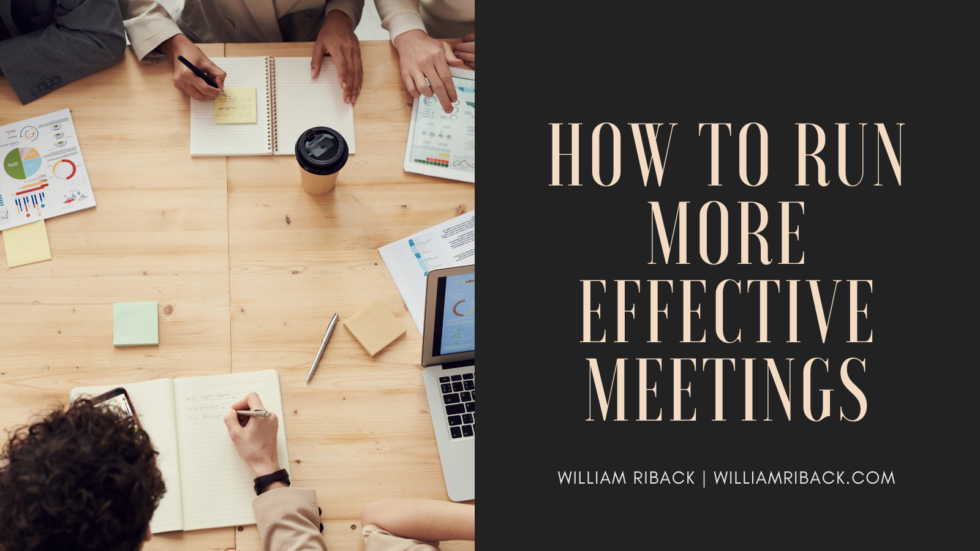
Running meetings effectively is a skill that is essential for employees to thrive. The way a leader runs their meetings can be the difference between employees thriving and feeling motivated or remaining unsuccessful and discouraged. Meetings need to get to the point and sometimes be very stern, but they should also be words of encouragement for employees to achieve the goals set in place. Below we will discuss a few of the best ways to run more effective meetings, as featured in an article on Slack.
1. Prepare people to listen actively.
Active listening is when you listen deeply, entirely, and solely to the speaker. Active listeners watch for everything, including mannerisms, gestures, facial expressions, tone of voice, and the words that are being spoken, instead of just thinking of their own response and waiting for their turn to speak. When employees are actively listening, they absorb the meeting points much better and can put the plans to use afterward. Some of the different ways you can encourage employees to be active listeners include making the meeting environment comfortable, setting the meeting during an optimal time for your team, ease into the meeting with ice breakers, and reduce technological distractions.
2. Ensure that meetings are inclusive.
Inclusivity in a meeting is not just making sure you remember to invite everyone on your team. Inclusivity is a mindset and an action, making sure everyone feels comfortable to involve themselves in the meeting and be welcomed with a safe, equal-playing field environment. Removing power structures from meetings makes room for more creativity flow and better engagement. Some of the different ways to make sure employees are feeling inclusive are encouraging them to take written notes on their questions, points they want to remember, and suggestions. You can also break people into groups and motivate them to accomplish a task together or make a certain decision. In addition, you can break your meeting into sections and have a different person leading each part of the agenda for the meeting.
3. Close out a meeting with solidified next steps.
You do not want to have a meeting with no clear future intention; all this does is drain and frustrate those on your team. The best way to close out a meeting is by making people feel inspired and ready to get things done. Some of the ways you can do this are by summing up the meeting with notes and action items, assigning action items or follow-ups to certain employees, and giving updates on side discussions that were tabled.
